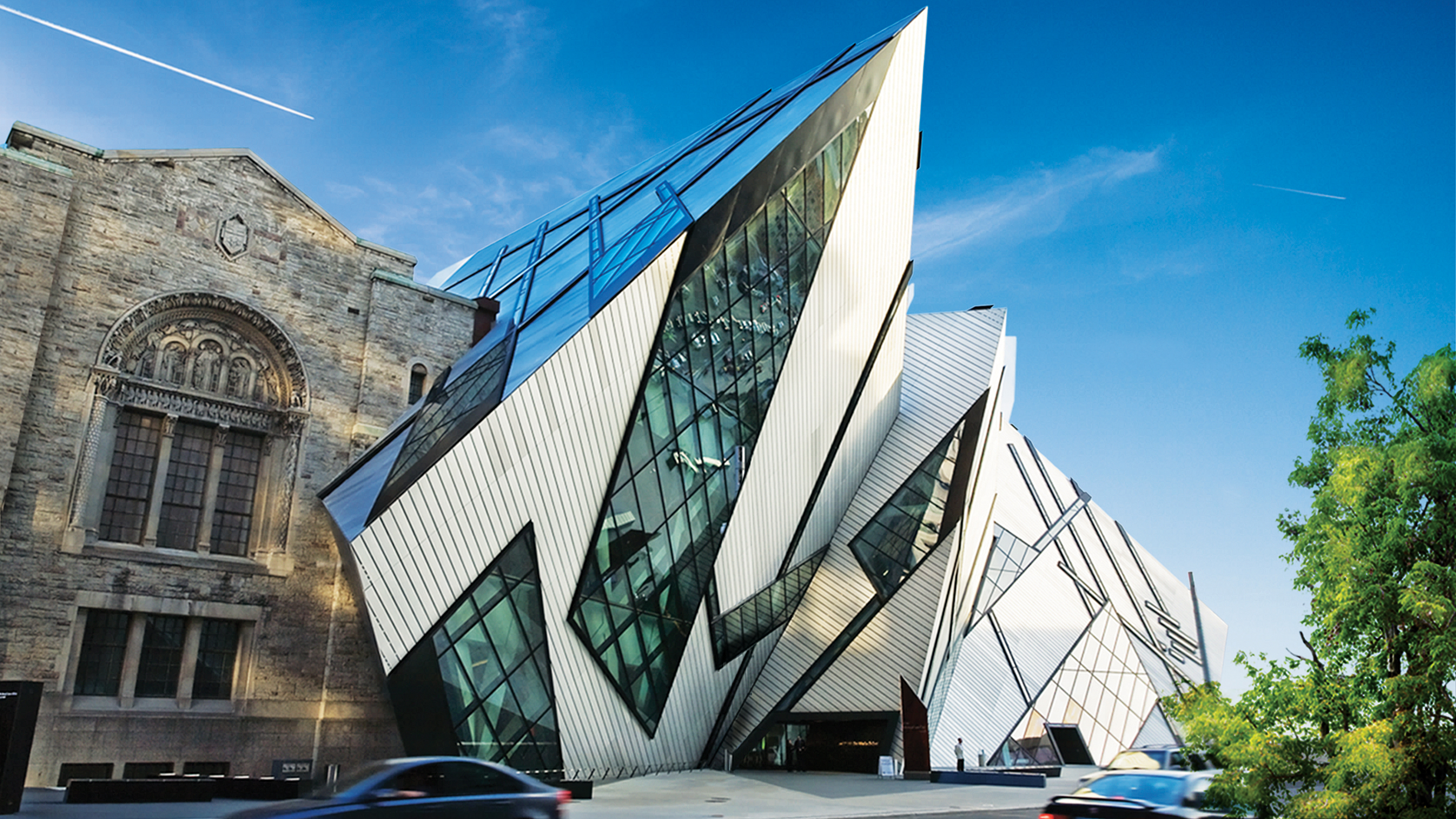Bio
Dr. David Brett was Emeritus Professor in the History of Design at the University of Ulster, Belfast. In addition to his academic work, Dr. Brett was an accomplished playwright and worked for many years in the theatre in Britain and Northern Ireland. He was also the director of a design partnership from 1968-70, and an occasional mountaineering instructor. He was married to the artist Barbara Freeman, with whom he had two children. Dr. Brett passed away in October 2015.
Dr. Brett proposed an innovative research project in which he planned to treat “visual culture as a single object of study” as opposed to a cross-disciplinary study. He sought to use a mid-19th century Kashmir shawl in the ROM’s collection as “a lens through which to view debates about colour within 19th century culture,” investigating “the cultural assumptions and ideological implications that guided the uses of colour and colour-theory in the mid-19th century.” In doing so, he would combine five different aspects of visual culture of the period which are related but had not previously been researched collectively: 19th century painting and colour science theories; the “South Kensington” theory of pattern and the “carpet paradigm” in painting; orientalism in painting and surface pattern design; the popularity of Kashmir shawls, orientalism in dress and textile design, innovations in dyes; and the cultural debate surrounding colour in architecture. These aspects, taken together, comprise what he referred to as the “politics of colour” in the mid-19th century which conflated the “Orient” with antiquity and Europe with modernity, with colour becoming “a medium for defining modernity.”
Veronika Gervers Research Fellowship participant
Fellowship Year: 1995
Publications
- 2005Rethinking decoration: pleasure & ideology in the visual arts. New York: Cambridge University Press.

